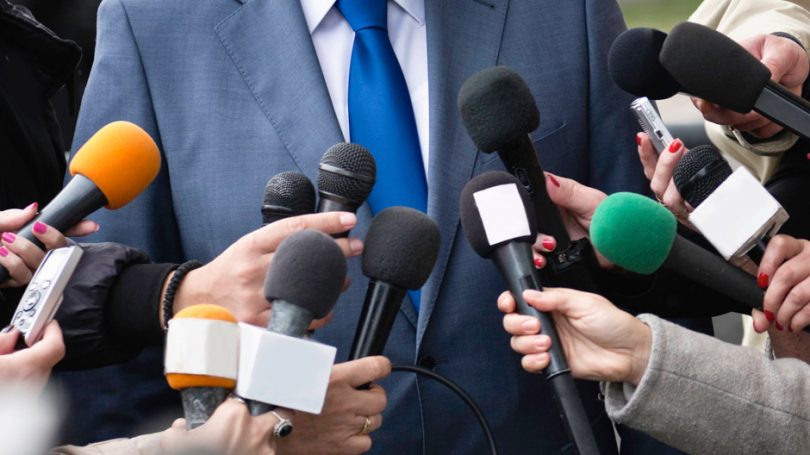5 Surefire Ways to Craft Powerful Interview Sound Bites

Heading into an interview, most people know that it’s critical to prepare three key messages to manage perceptions and motivate a specific call-to-action from the audience. Far fewer, however, know the difference between a key message and a sound bite. Whereas a key message qualifies an organization’s unique brand position, an interview sound bite is the succinct pull-through of that message in a mere snippet.
It’s a learned skill to make complex stories understandable and dry interviews memorable. If crafted well, however, that short turn-of-phrase sound bite will help audiences (and reporters) immediately grasp your key message – and remember it far longer than a rote recitation of your company’s features and benefits.
How to Breathe Life into Your Messages
Over the years of helping clients prepare for media interviews, I’ve discovered some surefire ways to ensure your message comes through clear and concise. It starts with the right content, of course, and drawing from Marcia Yudkin’s insight in The Sound Bite Workbook, here are some of the top ways you can craft a powerful sound bite in an interview.
1. Similes, Metaphors and Analogies: Incorporating a figure of speech into a point you’re making can create a powerful takeaway message. These comparisons help illustrate the story you’re trying to tell and further embellish an interview. For example: The very complex engineering we design for the shale revolution’s compression systems is just like the heart pumping blood through your body, except our ‘heart’ pumps for more than 800 miles of pipeline.
2. Triples: Repetition is critical when driving a point home, and there’s no better way to reinforce a point than with three supporting arguments. Outline your most important messages in groups of three to further emphasize them. For example: Our safety programs for offshore workers protect workers, families and an entire American industry.
3. Rhetorical Questions: Asking a rhetorical question reverses the focus on you as an interviewee and requires the readers or viewers to look internally. By having them reflect on the subject being discussed, you engage the audience and make them feel like they are a part of the conversation. For example: Are the advancements we’re making in industry safety allowing more men and women to return safely home every evening than a decade ago? Absolutely, we’re moving the safety of this industry forward.
4. Superlatives: Make a splash with a strong statement. Use words like biggest, best, more and strongest to emphasize the action you or your company is taking. These are the impactful points that will be focused on front and center in an interview. For example: Our company will make solar energy more accessible and more affordable to homeowners than any other company to date in this industry.
5. Absolutes: Appealing to the audience’s emotions creates a bond with them. Incorporate your personal reactions and feelings about the recent event or announcement you’re discussing to add a layer of emotional connection. For example: I guarantee, if you elect me, Texas will lead the country in things other than executions and toll roads.
Keep in mind that if you want to virtually guarantee reporters will use your message, you must have that quote bring your message to life in a way that helps reporters’ illustrate the point. Reporters love sound bites because they make for lively copy. The public enjoys sound bites because they’re memorable. And you’ll benefit from the right sound bites because they can be the perfect delivery vehicle for even your most complex messages.
Contact Us